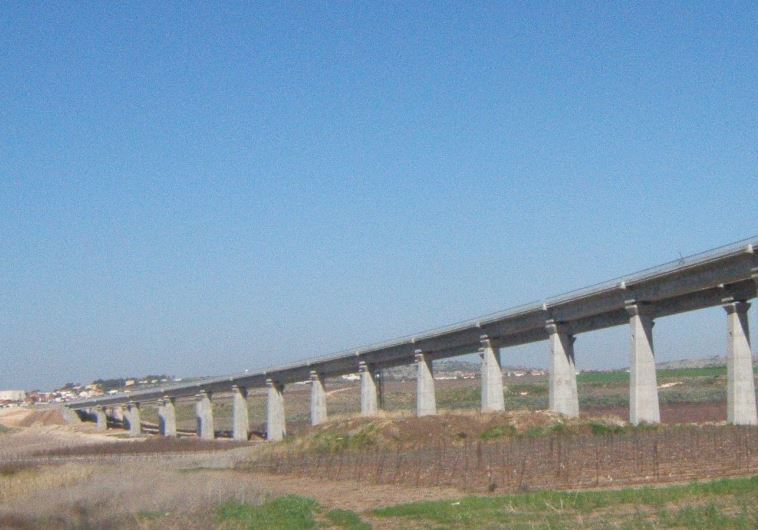On the right track
The Jerusalem-Tel Aviv fast train, Israel’s most ambitious public works project, will reinvent the capital and crown a national transport revolution
 The train's bridge at the fast lane in Ayalon Valley(photo credit: DMY/WIKIMEDIA COMMONS)Updated: Read More
The train's bridge at the fast lane in Ayalon Valley(photo credit: DMY/WIKIMEDIA COMMONS)Updated: Read More